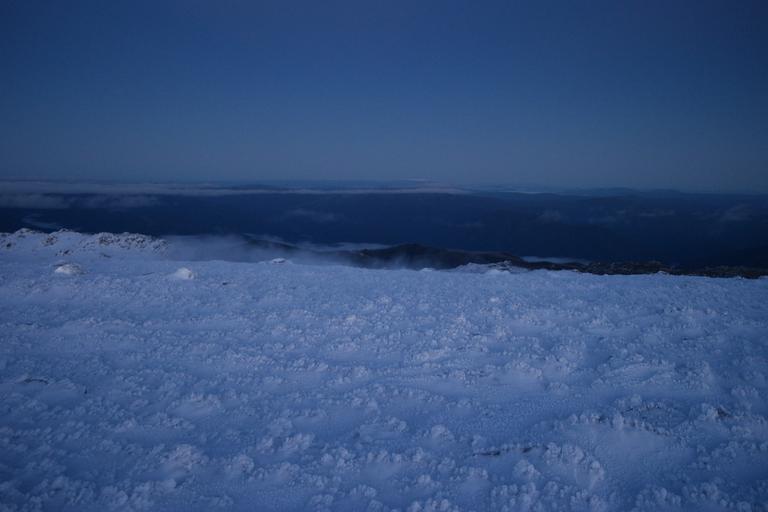Introduction
In the frenetic speed of contemporary life, finding peace and clearness can often seem like an elusive dream. However, one transformative practice that has gained traction recently is contemplative photography. This creative technique not only encourages self-expression in art however likewise provides a pathway to inner calm and understanding. Whether you're delving into aesthetic photography, taking part in self-portrait photography, or exploring the depths of your identity through faceless portraits, the act of catching images can be profoundly meditative.
In this article, we will check out the complex world of reflective photography practices, supplying insights into how they can assist you discover peace and clearness. We'll delve into different styles such as fine art photography and abstract portraits, while likewise talking about how these practices intersect with elements like interior design and individuality.
Finding Peace and Clarity through Reflective Photography Practices
Understanding Reflective Photography
http://curiositycorner222.wpsuo.com/the-impact-of-large-canvases-on-room-dynamicsContemplative photography is more than simply snapping images; it's about mindfulness and deep observation. It invites professional photographers to engage completely with their environment and emotions throughout the creative process. This practice stresses presence, motivating individuals to decrease and value the subtleties around them.

The Origins of Reflective Photography
The roots of contemplative photography can be traced back to Buddhist principles that emphasize mindfulness. It involves taking note of minutes that typically go unnoticed in our everyday hustle. By embracing this state of mind, professional photographers learn to see beyond simple visual appeals, enabling them to link more profoundly with their subjects.

Key Components of Contemplative Photography
Mindfulness: Being completely present in a moment. Observation: Discovering details that might otherwise be overlooked. Intention: Approaching each shot with purpose. Reflection: Taking some time to contemplate on recorded images.Benefits of Taking part in Reflective Photography
Engaging in reflective photography provides myriad advantages ranging from psychological health enhancements to improved creativity.
Mental Health Benefits
Practicing contemplative photography can substantially reduce stress levels. The focus needed promotes a meditative state where concerns seem to fade away, leaving only tranquility behind.
Enhancing Creativity
By breaking free from traditional constraints of photography, individuals are encouraged to try out various designs-- be it abstract pictures or visual photography-- causing innovative self-expression in art.
Techniques for Effective Reflective Photography
To maximize your experience with contemplative photography, it's important to embrace specific strategies that help with much deeper engagement.
Slow Down Your Process
One key technique is decreasing your shooting procedure. Instead of hurrying through a session, take your time to observe your surroundings carefully; inhale the atmosphere before you push the shutter button.
Embrace Imperfection
Contemplative photography thrives on authenticity instead of perfectionism. Permit yourself to accept defects within your compositions; they frequently tell a more engaging story than technically best images.
The Role of Self-Portrait Photography in Finding Clarity
Self-portrait photography plays an essential function within this realm by using an intimate expedition of identity.
Exploring Identity Through Self-Portraits
Through self-portraits, professional photographers can express their internal landscape-- capturing not just external appearances but also emotional states and thoughts they may face daily.
Techniques for Thoughtful Self-Portraiture
Lighting Choices: Try out natural light versus synthetic light. Setting Intentions: Prioritizing what you want each picture to communicate emotionally. Using Props Mindfully: Incorporating aspects that have personal significance or symbolism.Portrait Designs That Enhance Contemplation
Different portrait styles provide themselves well to contemplative practices while allowing for diverse expression.
Faceless Pictures: A Distinct Approach
Faceless portraits invite audiences to engage without presumptions connected to specific identities or appearances-- cultivating deeper connections based solely on feeling evoked by the photograph itself.

Abstract Portraits: Breaking Traditional Boundaries
Abstract pictures allow professional photographers flexibility from realism, motivating experimentation that captures feelings instead of likenesses-- a liberating approach promoting self-discovery within art.
How Interior Design Influences Photographic Composition
The relationship in between interior decoration and photographic composition is extensive; both fields rely heavily on aesthetics while also reflecting private identity.
Creating Areas for Creativity
A thoughtfully developed area enhances creativity by supplying inspiration-- colors, shapes, textures-- all affect how one views their environment leading eventually towards special photos embodying peace and clarity found therein.
Finding Community Through Shared Practices
Engaging in reflective photography does not need to be a solitary journey; neighborhood plays an essential role as well!
Online Platforms for Connection
There are many online communities dedicated clearly towards sharing experiences around contemplative practices through platforms such as Instagram or specialized online forums where artists share insights about their work processes!
The Intersection In between Mindfulness & & Artistry
Understanding how mindfulness converges with artistry offers valuable insight into why these practices yield such effective outcomes when looking for peace!
Cultivating Existence Throughout Creation
When developing art mindfully instead of mechanically producing images without thought-- an artist taps into something far richer beyond mere visuals!
FAQs About Reflective Photography Practices
What is Reflective Photography?- It's a mindful practice concentrating on seeing deeply while catching images.
- Begin by observing your surroundings without judgment; take your time capturing minutes authentically.
- Not at all! While self-portraiture offers distinct insights into identity-- it's completely optional based on personal preference!
- Basic video camera equipment is enough; most significantly-- an open mind!
- Absolutely! Sharing fosters neighborhood engagement leading towards collective growth!
- No experience necessary! Everyone begins somewhere; focus instead on delighting in the process!
Conclusion
Finding peace and clarity through contemplative photography practices represents a profound journey into oneself while simultaneously engaging creatively within one's environment! By accepting techniques such as self-portraiture alongside expedition throughout various portrait styles-- you develop not just stunning visuals however also create paths toward deeper understanding concerning who you are at heart! So get your camera today-- permit yourself space for discovery amidst appeal waiting right outside those 4 walls!